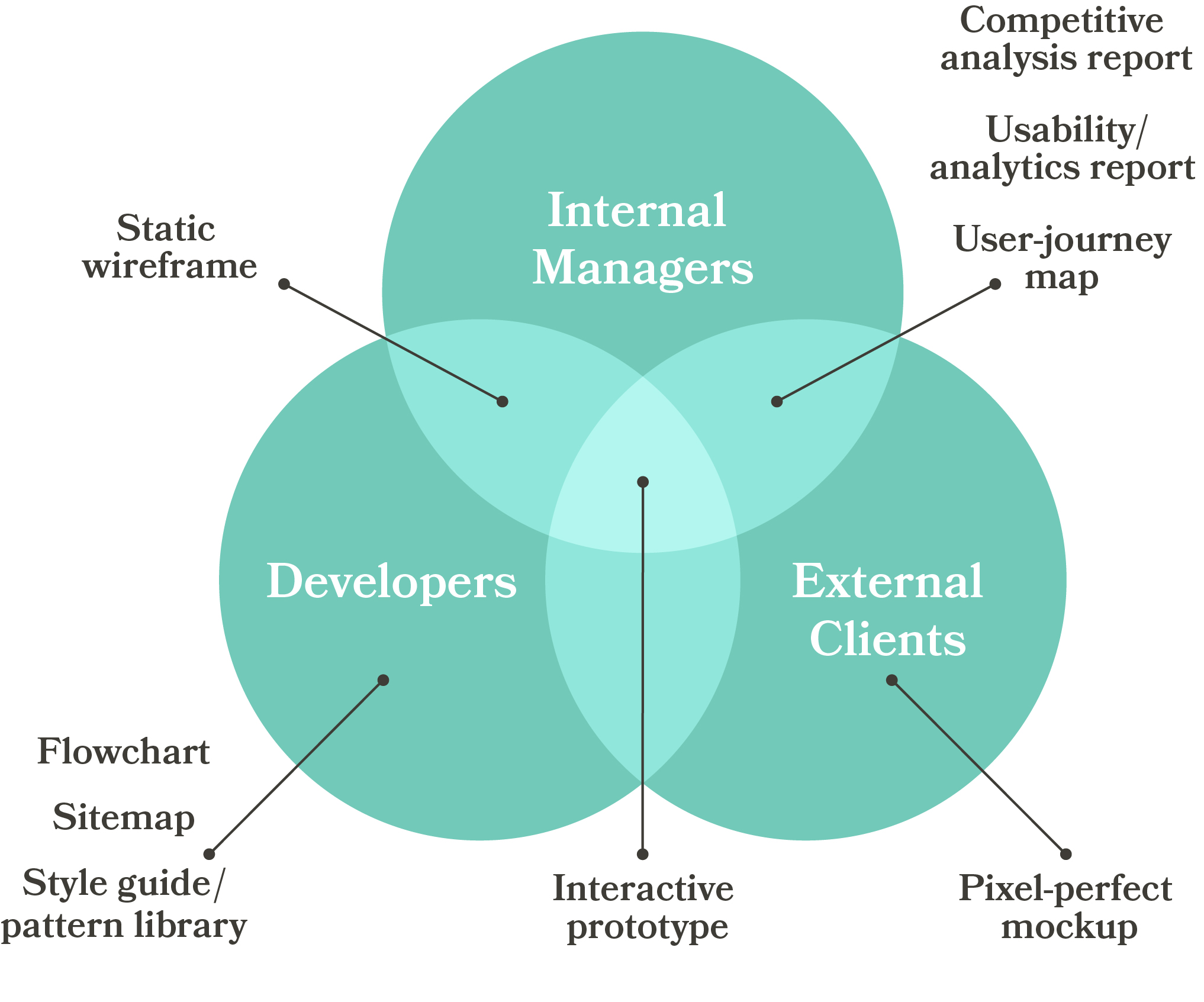Charity, Health, Education, Other
Getting the most out of user experience (UX) design
IE Digital Consultant Nick O’Sullivan explores why it’s important to consider the user experience of your project stakeholders as well as the eventual users of your website, app or digital product. A Lean approach to UX can reduce waste and improve the process throughout a digital experience project.

A user experience is the overall emotional, practical and experiential response a person has to a ‘product’, service or brand.
While you’re developing a user experience for a website, app or service, various documents, presentations, diagrams, and prototypes will be shared with internal and external audiences in order to communicate the experience. These deliverables are important as they facilitate the process, ensuring the proposed UX can be understood by stakeholders to obtain their buy-in and sign-off, and then allowing you to implement the work.
Trim the fat when documenting user experiences
However, it’s important not to let the job of creating these deliverables distract you from making progress. Often less is more, and a Lean approach to UX design can save time and money. This means considering the audience and context for each deliverable, just as you’re considering the audience for your digital experience. Sometimes you do need hi-fidelity documents that are in-depth, formal and well-polished. For others, something very simple and low-fidelity will suffice. Often, the value from creating lengthy documents and reports doesn’t justify the inordinate amount of time invested!
Creating simple, less refined deliverables allows you to be light on your feet and allows for great ideas to grow faster.
Different audiences, different needs
Much as UX design is user-centred, your UX deliverables should be audience-centred too. The success of a deliverable in furthering your user experience project can be measured by how understandable, convincing and prescriptive it is, and its performance against these measures will depend on the intended audience.
For example, executive stakeholders are often short on time, and value concise communication, so identify their needs and motivators and make sure an executive summary is easily identifiable, even if they need to see the detail too.
1. Make sure it can be understood
It’s got to make sense! It’s always important to tailor your deliverable to the audience's level of interest and understanding. It won’t be of value to the audience if it goes over their head or is inaccessible.
Diagrams and large scale deliverables can get confusing, so if as a client you’re handed something that makes no sense, it’s worth calling out the UX designer and letting them know. And don’t be afraid to shout up if it’s too technical, too much jargon, if you prefer words over pictures, or vice versa. Be clear about what works, and the collaboration will become easier for everyone.
2. It must be convincing
Buy-in from internal and external stakeholders is essential, so the rationale and convincers need to be audience-specific too. This often means validating your ideas and supporting your recommendations with ROI benefits, where possible, especially for those who are more financially driven.
3. It must be prescriptive and practical
Make sure that deliverables can be applied practically. The practical application for a set of wireframes is more obvious but, for example, also consider how user personas or usability reports can be put into action. This can mean making sure user personas are suitable for use during testing and making sure your usability reports include practical, specific recommendations for your next steps. If your deliverable will be used in implementation, make sure it’s granular and clear enough for your developers to understand, without ambiguity.
The Venn diagram below, adapted from a survey by Nielsen Norman Group, gives us an idea of which deliverables are most suitable to meet the needs of different audiences.

Audience-centred UX deliverables
By keeping your decision making process audience-centred, as well as user-centred, you’ll ensure everything has a clear purpose, rather than simply looking valuable. This will eliminate wasteful work, saving time and money. By communicating your user experience design project clearly, you’re making sure everyone involved is on the same page, you’ll collaborate more cohesively, and solve problems together more effectively as a result.
A Lean approach to UX design can save time and money. Creating simple, less refined deliverables allows you to be light on your feet and allows for great ideas to grow faster.
Nick O'Sullivan
Digital Consultant, IE Digital



